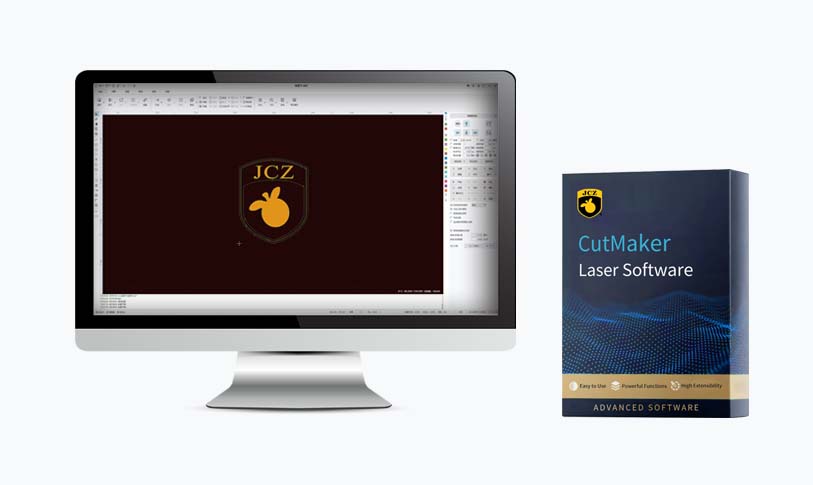
Exploring the Advantages and Applications of Fiber Laser Engravers in Modern Manufacturing and Creative Industries
****
In recent years, fiber laser engravers have revolutionized the way industries approach engraving and marking tasks. These powerful machines offer precision, efficiency, and versatility, making them indispensable tools in various applications, from manufacturing to artistic creations. This article will delve into the benefits of fiber laser engravers, their diverse applications, and considerations for choosing the right machine for specific needs.
What is a Fiber Laser Engraver?
A fiber laser engraver utilizes a fiber laser source to convert electrical energy into laser light through a process that involves optical fibers. The light produced is focused to create high-energy density, enabling it to engrave, cut, or mark a wide range of materials with exceptional precision. Unlike traditional laser engravers, fiber lasers provide higher efficiency and lower operational costs, making them suitable for both industrial and small-scale applications.
Advantages of Fiber Laser Engravers
1. **High Precision and Detail**: Fiber laser engravers are known for their high precision, allowing for intricate designs and fine details. This level of accuracy is particularly valuable in industries such as jewelry and medical device manufacturing, where tolerances are critical.
2. **Speed and Efficiency**: One of the most significant advantages of fiber laser technology is its speed. Fiber lasers can complete engraving tasks much faster than traditional methods, increasing productivity and reducing turnaround times for projects.
3. **Minimal Material Distortion**: The concentrated nature of the fiber laser beam minimizes heat exposure to the surrounding material, which reduces warping or burning. This characteristic is crucial when working with heat-sensitive materials.
4. **Versatility**: Fiber laser engravers can work on a variety of materials, including metals like stainless steel, aluminum, and brass, as well as plastics and even some woods. This versatility makes them suitable for numerous industries, from automotive and aerospace to arts and crafts.

Exploring the Advantages and Applications of Fiber Laser Engravers in Modern Manufacturing and Creative Industries
5. **Low Operating Costs**: Compared to CO2 lasers, fiber lasers have lower maintenance costs and energy consumption. Additionally, they do not require gas supplies, further reducing operational expenses and enhancing cost-effectiveness in the long run.
Applications of Fiber Laser Engravers
1. **Industrial Manufacturing**: In the manufacturing sector, fiber laser engravers are commonly used for marking and engraving components. They enable manufacturers to add serial numbers, logos, and barcodes onto products efficiently, enhancing traceability and branding.
2. **Jewelry Making**: The precision of fiber laser engravers allows jewelers to engrave intricate designs and personalized messages onto jewelry, creating unique pieces that stand out in the market.
3. **Medical Devices**: In the medical field, fiber lasers are essential for marking surgical instruments and implants. They provide the necessary sterilization requirements while ensuring that engravings remain clear and legible throughout the product’s lifecycle.
4. **Automotive Industry**: Imaging and marking components for traceability are crucial in automotive manufacturing. Fiber laser engravers allow for detailed markings that withstand harsh environments and ensure compliance with regulations.
5. **Art and Craft**: For artists and hobbyists, fiber laser engravers provide an avenue for creative expression. Artists can create personalized gifts, decor, and art pieces with precision that is difficult to achieve with traditional methods.
Choosing the Right Fiber Laser Engraver
When looking to invest in a fiber laser engraver, several factors should be considered:

Exploring the Advantages and Applications of Fiber Laser Engravers in Modern Manufacturing and Creative Industries
1. **Power Level**: The power of the laser affects its engraving capabilities. Higher wattage lasers can engrave through thicker materials and complete jobs faster.
2. **Bed Size**: Consider the size of the materials you will be working with. A larger bed size allows for more significant versatility but may require more space in the workshop.
3. **Software and Compatibility**: Ensure the engraver’s software is compatible with your design programs. User-friendly software can significantly enhance your productivity.
4. **Support and Warranty**: Look for manufacturers that offer good customer support and substantial warranties. This can provide peace of mind and assistance if issues arise.
Conclusion
Fiber laser engravers are shaping the future of engraving and marking processes across a multitude of industries. Their exceptional precision, speed, and versatility combined with low operational costs make them crucial tools in both manufacturing and creative applications. As technology continues to advance, the capabilities and affordability of fiber laser engravers will likely lead to even broader adoption and innovative uses in various fields. Whether for industrial manufacturing or creative endeavors, investing in a fiber laser engraver can open up numerous opportunities for efficiency and creativity.picosecond




